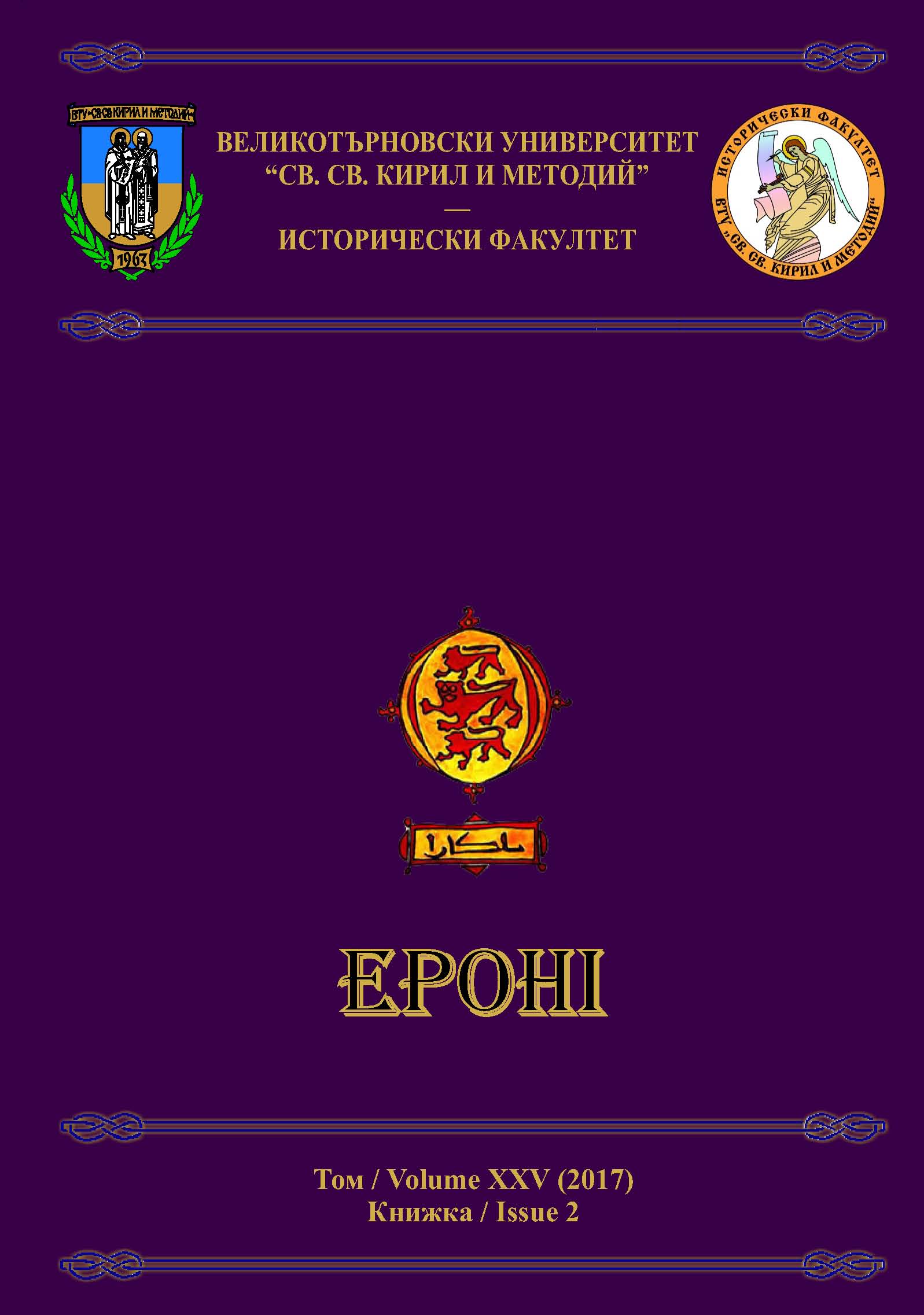Чийфдъмът като феномен. II. Базисни елементи на социално- политическата му организация и тяхната специфика
Chiefdom as a Phenomenon. II. Principal Elements of its Socio-political Organization and their Specific Parameters
Author(s): Stefan YordanovSubject(s): History, Political history, Ancient World
Published by: Великотърновски университет „Св. св. Кирил и Методий”
Keywords: politogenesis; chiefdom; state formation processes; tribal organization; gentile system; clan system; matrilinearity; age-set system
Summary/Abstract: The present research continues the first introductory part of the author’s study of the chiefdom in its quality to be used as a nomination of the historical stage, corresponding to the epoch of politogenesis. The potestarypolitical system of the chiefdom stage is presented as including three main sub-systems: the tribal organization, the communal structure and the age-set stratification. The data we operate with show as typical of that stage a specific tribal organization, which was based on matrilinearity and structured in moieties. The tribal confederacies played an organizational role in the chiefdom period society, evidenced relatively very well both in the New and the Old World. This very ancient social organization has its inherent development, which had led it to a new evolutionary form of the so called conical clan in its quality of a primary tribal sub-division. Every chiefdom was not only a settlemental constellation led by a paramount chief, but together with this – and even obligatory – a tribal system with its sub-divisions. And last, but not least, an effective unifying place in the chiefdoms played the age-set sodalities. A great number of the problems in interpretation as well as in research efficiency of the term chiefdom are a matter of terminology, born together with the formulation of the evolutionary scheme „band – tribe – chiefdom – state”. These problems may be diminished if the same evolutionary scheme had been expressed by the terms early tribal society (instead of the band), high developed tribal society (instead of the tribe), state formative society (instead of the chiefdom), and civilization (instead of the state). The use of the terms denoting the forms of social organization, optimal for the given evolutionary stages, as the terms also denoting the given evolutionary stages themselves, led to a terminological inaccuracy. The tribe in the quality of self-governing organizational unit of the social organization including the typical of it gentile, respectively clan system, can be found in each of these consecutive evolutionary stages. It is namely the reason of the terminological replacement made in some cases of the notion ‘tribe’ by the notion ‘simple chiefdom’ in the process of describing each tribal collective as a prestage of the state formation society. The late evolutionary stages in the development of the tribe can be found as a base of the social organization in the historical epoch of the so called chiefdoms, respectively complex chiefdoms, as well as in the historical epoch of the so called early state. Co-existing with the age-set system and the communal settling, the tribal organization had undergone significant change, but still continued to be a basic element of the social organization, consisting of gentile, respectively clan subdivisions, which had been dislocated in heterogeneous communities. This type of tribal structure had already functioned within military democracy tribal confederacies, respectively within the so called chiefdoms, where it had been modified by some initial forms of ethnic superstratification and social differentiation.
Journal: Епохи
- Issue Year: XXV/2017
- Issue No: 2
- Page Range: 255-296
- Page Count: 42
- Language: Bulgarian

